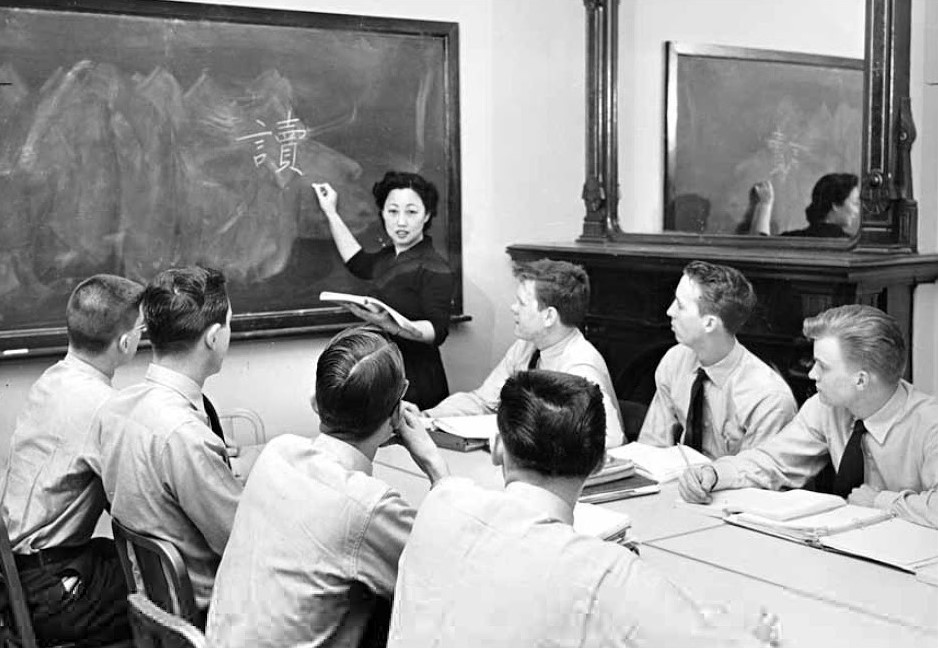The Audiolingual Method, originating in the United States in the 1960s, was a dominant approach to language teaching. Rooted in structural linguistics and behaviorist psychology, it emphasized spoken language acquisition and followed a sequence of ‘hearing–speaking–reading–writing’. Here’s a breakdown of its characteristics and evolution:
Characteristics:
- Focus on Spoken Language: Initially known as the aural–oral method, it prioritized the learning of spoken language over written language.
- Pattern Practice and Drills: Learners engaged in repetitive exercises and drills, often in the language laboratory, to reinforce grammatical structures and vocabulary.
- Role-Playing and Substitution: Learners participated in role-plays and substitution exercises, modifying language based on different scenarios.
- Integration of Reading and Writing: Reading and writing skills were introduced after oral proficiency had been established, using the same grammatical structures and vocabulary.
- Roots in Military Training: The method’s origins can be traced back to the ‘Army Specialized Training Program’ during World War II, where intensive language courses were developed for military personnel.
Evolution and Criticisms:
Psychological Foundations: Criticisms of behaviorist psychology, particularly B.F. Skinner’s theories, emerged, questioning the method’s reliance on habit formation and stimulus-response conditioning.
- Critiques by Linguists: Linguists like Noam Chomsky challenged behaviorist theories, arguing that they couldn’t fully explain the creative aspect of language acquisition.
- Pragmatic Criticisms: Learner boredom with repetitive drills, the lack of clarity in transitioning from guided practice to spontaneous use, and the inadequacy of contrastive analysis were among the practical criticisms.
- Impact Beyond the U.S.: The method’s influence extended to Western European countries but was modified by the development of alternative approaches like the audio-visual method in France.
- Decline and Legacy: Attacks on its psychological foundation, coupled with the rise of communicative language teaching from the 1970s, led to the method’s decline. While some principles, such as the order of language presentation, lingered, systematic use of the method diminished.
Conclusion
The Audiolingual Method was a significant approach in language teaching history, characterized by its emphasis on oral proficiency, pattern practice, and behaviorist principles. However, criticisms of its psychological foundations and pragmatic shortcomings contributed to its decline, paving the way for the emergence of more communicative and learner-centered methodologies. Despite its waning influence, remnants of the audiolingual approach persist in language teaching practices.








